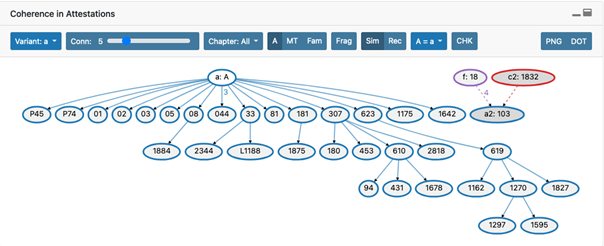The Coherence-Based Genealogical Method

There are no extant autographs of the 27 writings of the New Testament. The earliest papyrus fragments with New Testament text are dated to the second century, and the first complete copies, the parchment codices Vaticanus and Sinaiticus, are from the fourth century. Most of the 5,700 extant manuscripts were copied in the second millennium.
The process of copying spanned many centuries, giving rise to a large number of variants that distinguish the manuscript witnesses. No single copy agrees precisely with any other one, and each has its own variant profile. Without a doubt, scribes strove for precision, but, of course, they made mistakes. The early church father Jerome even complains that they often did not copy the text as it stood in their exemplars but rather as they understood it.
Moreover, quite a few variants can be explained as attempts to correct (what was perceived to be) errors in the exemplar. As such alterations of the text accumulated over centuries and were often faithfully transmitted, there are thousands of variant passages in the New Testament. In most cases, however, there are single or only a few manuscripts that differ from a reliable majority transmission. A significant split of the tradition occurs in about ten percent of the variation units.
Still, it is evident that the text that stands at the beginning of the manuscript tradition, the initial text, is not extant. It has to be reconstructed. To this end, scientific methods for assessing the variants according to internal and external criteria have been developed for New Testament textual research. Internal criteria refer to the linguistic quality of a variant, and external criteria refer to the quality of a variant’s attestation. The genealogy of variants can be analyzed by applying these criteria passage by passage.
The Coherence-Based Genealogical Method (CBGM), developed by Gerd Mink at the INTF during his work on the Editio Critica Maior (ECM), puts the text-critical procedures on a new methodological basis. The CBGM evaluates the remarkable coherence of the New Testament tradition, which is evidenced by the broad agreement of manuscript texts under comparison and the genealogical relationships between the variants where the texts differ. Based on the comprehensive critical apparatus of the ECM, the CBGM makes inferences from the genealogy of the variants as displayed in local stemmata to the genealogy of the textual witnesses comprising the variants. One result of this methodology is a well-reasoned reconstruction of the initial text from which the manuscript transmission started.

